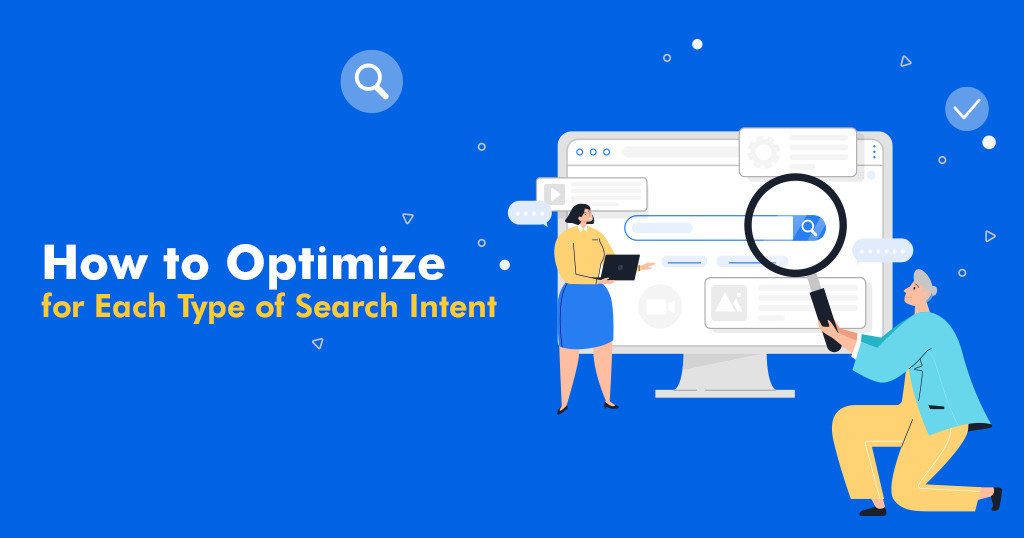Rise by Six: Your Daily Dose of Inspiration
Explore insights and stories that elevate your day.
The Secret Life of Keywords Revealed
Unlock the hidden power of keywords and boost your traffic! Discover secrets that will elevate your SEO game to new heights.
Unveiling the Hidden Power of Long-Tail Keywords
In the world of SEO, long-tail keywords are often overlooked, yet they hold a hidden power that can significantly enhance your website's visibility. Unlike generic keywords, long-tail keywords are typically three or more words long and target a specific audience. For instance, instead of focusing on the highly competitive keyword 'shoes', you might target 'best running shoes for flat feet'. This strategic approach allows you to attract visitors who are further along in the buying cycle, resulting in higher conversion rates and lower competition.
Additionally, utilizing long-tail keywords can improve your content strategy and drive targeted traffic to your site. By identifying and incorporating these keywords into your blog posts, product descriptions, and other web content, you can create tailored experiences for your audience. Consider the following benefits of long-tail keywords:
- Increased Relevance: Your content becomes more aligned with user intent.
- Higher Rankings: Search engines often favor detailed, specific phrases.
- Lower Competition: Less businesses target these phrases, making it easier to rank.

How Keyword Intent Shapes Your Content Strategy
Understanding keyword intent is crucial for shaping a successful content strategy. Keyword intent refers to the reason behind a user's search query—what they hope to achieve or find. By identifying whether a keyword is informational, navigational, or transactional, you can tailor your content to meet the specific needs of your audience. For example, users searching for 'best running shoes' likely have a transactional intent, seeking to make a purchase, while those querying 'how to choose running shoes' are usually looking for guidance, indicating informational intent. Recognizing these nuances allows you to create targeted content that resonates with users and enhances your chances of conversion.
Moreover, aligning your content with keyword intent not only improves user experience but also boosts your SEO performance. When you craft content that directly addresses the intent behind search queries, you increase the likelihood of higher engagement metrics, such as lower bounce rates and longer time spent on your page. To effectively integrate keyword intent into your content strategy, consider using the following steps:
- Conduct thorough keyword research to identify the intent behind relevant search terms.
- Segment your content into categories based on these intents.
- Regularly update your content to align with changing user behaviors and search patterns.
Are You Using Keywords Effectively? Common Mistakes to Avoid
Understanding how to use keywords effectively is crucial for improving your blog's search engine optimization (SEO). One common mistake that many bloggers make is keyword stuffing, which is the overuse of keywords in an attempt to manipulate search rankings. This not only leads to a poor user experience but can also result in penalties from search engines. Instead of focusing solely on keyword density, consider using long-tail keywords that are more specific to your audience's search intent. For instance, rather than targeting a broad term like 'shoes,' try a phrase like 'best running shoes for flat feet' to attract more relevant traffic.
Another frequent error is neglecting keyword research before crafting content. Failing to identify the right keywords can lead to writing content that doesn't align with what your audience is searching for. Utilize tools such as Google Keyword Planner or SEMrush to discover popular search terms in your niche. Additionally, always remember to incorporate your keywords naturally within your content, headings, and meta descriptions instead of forcing them in. This approach not only enhances readability but also increases the chances of your content being ranked higher by search engines.